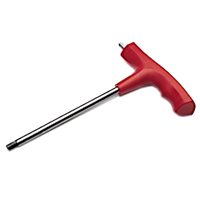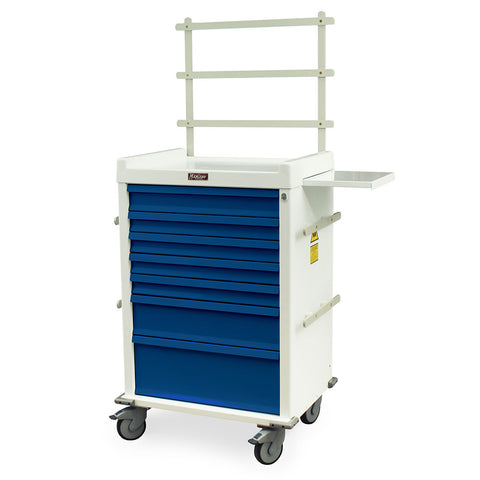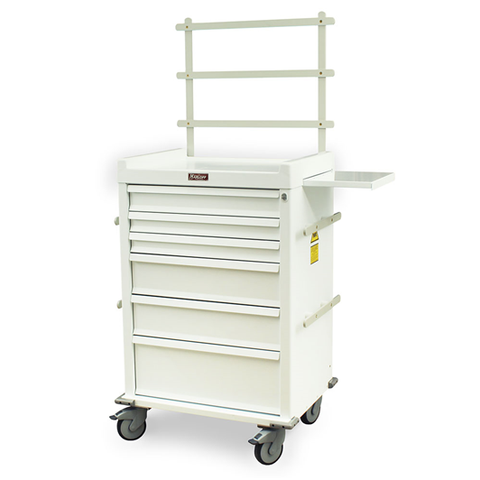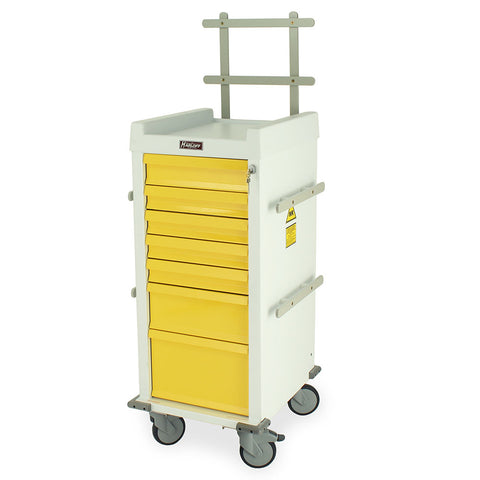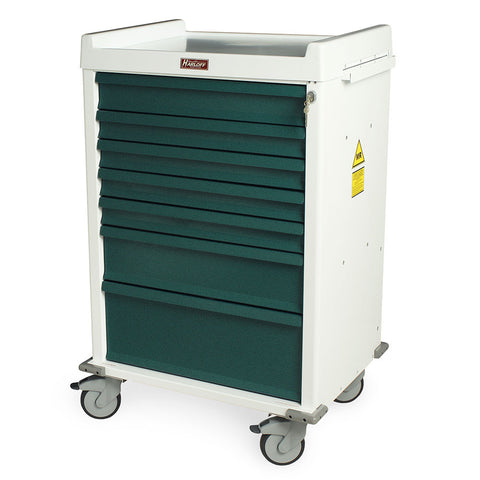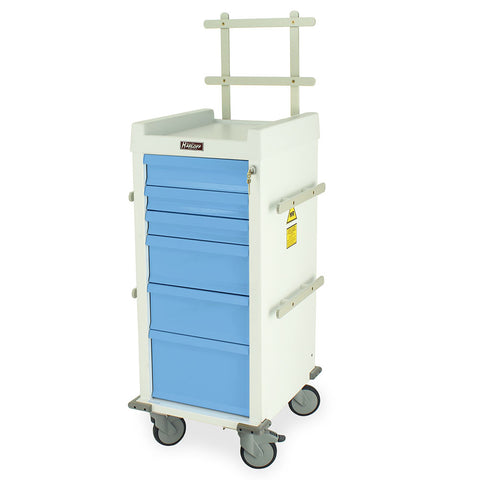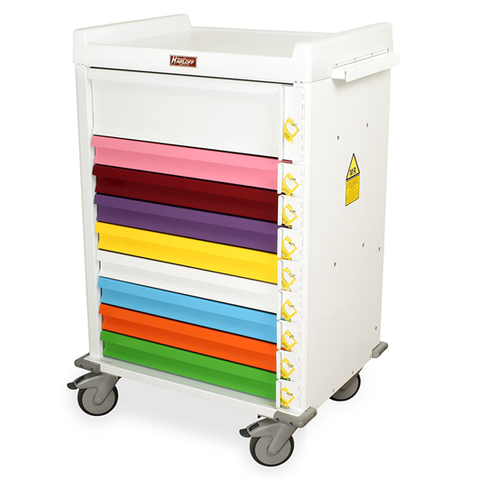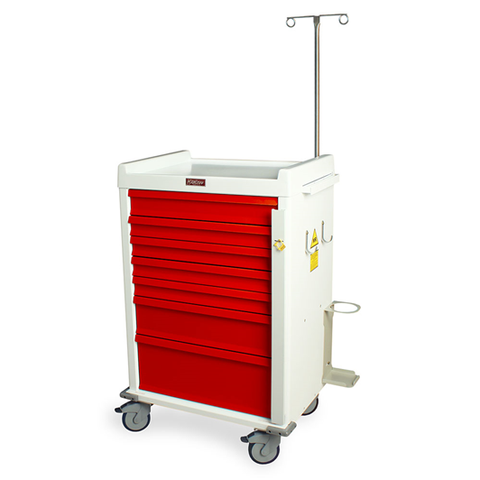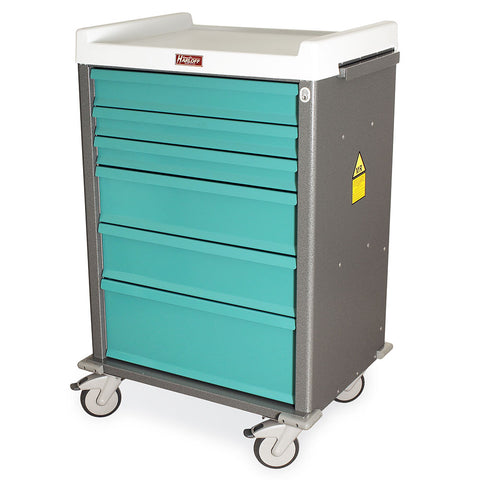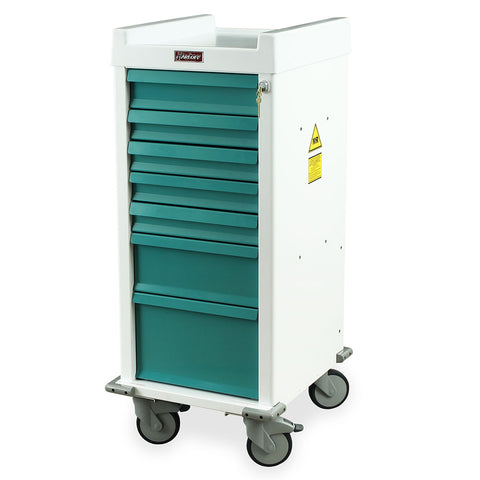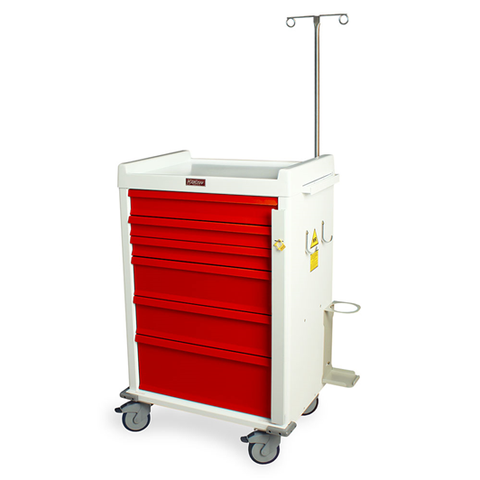Transporting patients safely in an MRI environment is a complex task that combines patient safety, equipment selection, and workflow efficiency. Unlike conventional hospital corridors, MRI suites present unique challenges due to strong magnetic fields, time-varying gradients, and radiofrequency energy. This step-by-step guide provides a comprehensive approach to designing an MRI suite transport workflow using MRIMed products, including MR Conditional stretchers, wheelchairs, and MR Safe accessories. By following these best practices, hospitals and clinics can improve patient safety, minimize scan delays, and maintain staff efficiency.
Why MRI Transport Workflow Planning Matters
Proper planning of MRI transport workflows is essential for ensuring both patient safety and operational efficiency. A well-designed workflow reduces the risk of accidents, improves patient experience, and allows MRI scanners to be used at maximum capacity.
Patient Safety Risks in MRI Suite Transport
Patient safety risks in MRI suites arise from both the environment and the equipment used. Standard hospital stretchers, gurneys, or wheelchairs often contain ferromagnetic materials, which can be drawn into the MRI scanner bore, creating serious projectile hazards. Conductive materials can heat due to radiofrequency energy, potentially causing burns.
MRIMed products are designed to mitigate these risks. For example, the Non-Ferrous Height Adjustable Stretcher is made from non-magnetic aluminum and hydraulics, supporting patients up to 500 lbs safely under MR Conditional testing parameters. Similarly, MR Conditional 24-inch Wheelchair with Flip-up Arms & Removable Footrests provides secure, upright transport without any ferromagnetic components that could be pulled toward the magnet.
Using properly labeled MR Conditional devices ensures compliance with ASTM F2503 standards and provides staff with documented evidence that the equipment can be safely used in MRI conditions.
Impacts on Scan Efficiency and Scheduling
Inefficient transport workflows can lead to longer patient wait times and reduced scanner utilization. Every minute spent transferring a patient improperly or using non-MR Safe equipment increases the risk of delays and workflow bottlenecks.
By implementing MRIMed MR Conditional devices, hospitals can streamline patient movement. For instance, using the MRIMed Stainless Steel Non-Magnetic Bariatric Stretcher for heavy patients allows staff to move patients quickly and safely, maintaining scan schedules without sacrificing safety or comfort.
Key Components of an Effective MRI Transport Workflow
Designing an effective MRI transport workflow requires a combination of the right equipment, trained staff, and supportive accessories. Each element works together to ensure patient safety and maintain smooth MRI operations.
MR Conditional Stretchers and Wheelchairs
MR Conditional stretchers and wheelchairs are the backbone of any MRI transport workflow. These devices are specifically designed to be safe in MRI environments and come with ASTM F2503-compliant labeling indicating field strengths, spatial gradients, RF exposure, and SAR limits.
Examples include:
-
Non-Ferrous Height Adjustable Stretcher – Adjustable height, 500-lb capacity, ideal for adult patients.
-
MRIMed Stainless Steel Non-Magnetic Bariatric Stretcher – For patients up to 700 lbs.
-
MR Conditional 24-inch Wheelchair with Flip-up Arms & Removable Footrests – Supports upright patient transport with secure lateral transfer options.
-
MR Conditional Bariatric 26-inch Wheelchair – Supports larger adult patients safely.
These devices allow staff to safely move patients from waiting areas, emergency departments, or other hospital units directly into MRI suites without introducing MR Unsafe objects.
MR Safe Transfer Accessories
Patient transfer safety is enhanced with MR Safe accessories. For example:
-
MRI Safe Backboard & Stretcher Straps – Secures patients during lateral transfers.
-
Non-magnetic IV poles and oxygen cylinder holders – Maintain care continuity while in transport.
These accessories prevent falls and injuries, reduce the need for manual lifting, and ensure patients are secure throughout the transport process.
Staff Training and Responsibilities
Even the best equipment cannot compensate for inadequately trained staff. Personnel should:
-
Recognize MR Conditional labeling and verify configuration parameters.
-
Understand MRI-specific hazards, including projectile and RF heating risks.
-
Follow emergency protocols for rapid patient removal without introducing MR Unsafe objects.
Proper training improves workflow efficiency, reduces accidents, and ensures patients are handled safely.
Step-by-Step Workflow Design
Designing a workflow involves sequencing patient movement, preparing equipment, and integrating emergency protocols.
Pre-Transport Preparation
Before the patient arrives, staff should:
-
Verify MR Conditional stretchers and wheelchairs are properly configured.
-
Ensure all MR Safe accessories, such as straps and backboards, are in place.
-
Clear pathways from waiting areas to the MRI suite, including doorways and corridors.
Pre-positioning devices like the Non-Ferrous Height Adjustable Stretcher reduces transfer times and minimizes hazards.
Patient Arrival and Handoff Procedures
When the patient arrives:
-
Confirm patient identity and MRI requirements.
-
Transition from the initial transport device (e.g., ER gurney) to an MR Conditional stretcher or wheelchair.
-
Use MR Safe straps or slide boards to secure the patient during lateral transfers.
Proper handoffs ensure the patient is supported at all times and that no MR Unsafe items enter the MRI suite.
Lateral Transfers into MRI Scanner
For patients entering the scanner:
-
Align the MR Conditional stretcher or wheelchair with the scanner table.
-
Use MR Safe accessories to maintain patient stability.
-
Ensure all attachments, like IV poles, do not interfere with the magnetic field.
Devices such as the MR Conditional 24-inch Wheelchair provide lateral transfer support while adhering to MRI safety standards.
Post-Scan Return and Recovery
After the scan:
-
Secure the patient on the MR Conditional transport device for safe removal from the suite.
-
Use MR Safe straps and backboards as necessary.
Equip Your Team with Tools They Can Trust
Get high-quality, MRI-dedicated equipment that supports safer scans, better positioning, and smoother patient care.
View Trusted Products -
Transport the patient to recovery areas or back to their original unit.
Efficient post-scan transport maintains patient comfort and ensures MRI suites remain ready for the next appointment.
Common Challenges and How to Overcome Them
Navigating Tight Spaces and Doorways
MRI suites often have narrow hallways. MR Conditional devices are designed for maneuverability, but staff should:
-
Use wheelchairs with flip-up arms and removable footrests to navigate tight spaces.
-
Pre-plan routes and keep corridors clear.
Managing Pediatric or Bariatric Patients
Special populations require careful handling:
-
Pediatric patients benefit from smaller MR Conditional stretchers and extra padding.
-
Bariatric patients should be transported on reinforced devices like the MRIMed Stainless Steel Non-Magnetic Bariatric Stretcher.
Reducing Wait Times and Delays
Optimize scheduling by:
-
Pre-positioning MR Conditional stretchers and wheelchairs.
-
Assigning trained staff to specific workflow roles.
-
Minimizing unnecessary patient handling and equipment transfers.
Best Practices for MRI Suite Transport
Implementing Standard Operating Procedures
-
Document workflows for all patient types.
-
Clearly label MR Conditional devices and their safe operating conditions.
Routine Equipment Checks and Maintenance
-
Inspect MRIMed stretchers, wheelchairs, and accessories regularly.
-
Verify hydraulic systems, brakes, and straps function correctly.
Emergency Protocols in MRI Transport
-
Establish procedures for rapid evacuation of patients.
-
Train staff to remove MR Conditional devices safely without introducing MR Unsafe items.
-
Keep emergency MR Safe equipment accessible.
Case Studies: MRI Transport Workflow Optimization
Small Clinics
Small facilities benefit from lightweight MR Conditional devices. Using the Non-Ferrous Height Adjustable Stretcher and 18-inch wheelchairs reduces congestion while maintaining safety.
Large Hospitals
High-volume hospitals use multiple MR Conditional devices to accommodate diverse patient sizes. Bariatric and standard stretchers allow for efficient patient throughput and safe MRI access.
Pediatric and Geriatric Facilities
Specialized populations require:
-
Extra padding for pediatric patients.
-
Stable, easy-to-maneuver devices for geriatric patients.
MRIMed’s full product line supports these needs without compromising safety or workflow efficiency.
FAQ:
1. What does MR Conditional mean for MRI transport devices?
MR Conditional devices have been tested and certified to be safe in specific MRI environments under defined conditions, including field strength, RF exposure, SAR limits, and spatial gradients.
2. Can standard hospital stretchers or wheelchairs be used in MRI suites?
No. Standard equipment is considered MR Unsafe and poses serious projectile and RF heating risks. Only MR Conditional devices from MRIMed should be used inside MRI environments.
3. Which MRIMed stretcher is best for bariatric patients?
The MRIMed Stainless Steel Non-Magnetic Bariatric Stretcher supports patients up to 700 lbs. It features a padded surface, adjustable backrest, and fold-down side rails for patient safety and comfort.
4. How can patients be secured during transfers?
Use MR Safe accessories like the MRI Safe Backboard & Stretcher Straps. They prevent falls, maintain patient stability, and are safe in MRI environments.
5. How should staff prepare for MRI patient transport?
Staff should verify MR Conditional labeling, check device configurations, and follow emergency protocols. Training is critical for safe and efficient workflow.
6. Are MR Conditional devices safe for all MRI scanners?
MR Conditional devices are only safe under the specified MRI conditions listed on their labels. Always verify field strength, RF exposure, SAR, and device configuration limits before use.
Related Resources and Further Reading
MRI-Conditional Stretchers and Wheelchairs
Learn more about MRI-Conditional stretchers and wheelchairs for safe MRI transport.
Workflow Efficiency Tips and Guides
For workflow optimization tips, see:
